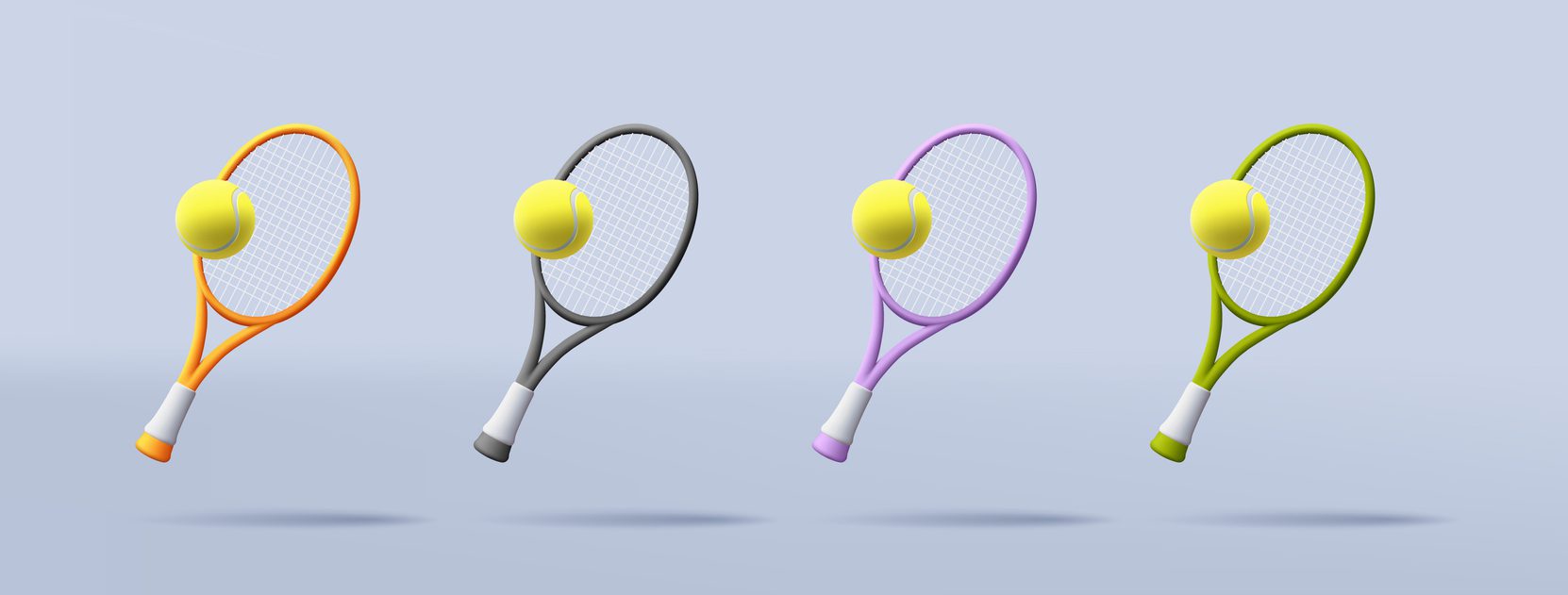As we approach the final tennis grand slam championship of the year, the US Open, we have reflected on how Artificial Intelligence is transforming various aspects of these championships, from how matches are officiated to how fans experience the sport. For example, 2025 brought about the first year in which the Wimbledon championships embraced live AI-driven line calling, joining the US Open and the Australian Open. These three grand slams are each over 100 years old and steeped in tradition and the blend of heritage and innovation is turning tennis into a fascinating case study in tech-driven sports.
Tennis has fostered a great deal of technological innovation over many years. The wooden rackets of the past have been replaced by high-tech composites that enable players to launch serves faster than ever before — some exceeding 150 mph. But as athletes raise the bar, the human eye can’t always keep up, especially when it comes to split-second officiating requiring millimetre-precision. This is one example of where AI software and electronic systems have changed the way tennis is judged. The road to the use of AI at the most prestigious sporting tournaments in the world provides a great example of how AI has been able to provide further advancements to already innovative technology.
Cyclops
The beginning of electronic line judges first arrived as a system called Cyclops – an array of infrared beams which can detect where a ball has bounced on the court. Whilst Wimbledon was the first to use this system in 1980, it soon caught on with the US and Australian Open in subsequent years.
A patent application titled “An Electronically Operated Line Monitor for Tennis” directed to this system was first filed in 1979, with William Charles Carlton and Margaret Parnis England named as the inventors. The patent application disclosed using infra-red beams running parallel and within a line of a tennis court which when interrupted would generate a “good signal”. Simultaneously, infra-red beams were also projected parallel but farther from the line which would generate a “fault signal” when interrupted.
While revolutionary for its time, Cyclops had its quirks. False alerts — nicknamed “phantom beeps” — were sometimes caused by insects or dust and the system was limited to serve calls only. Nevertheless, its impact was undeniable. Cyclops proved that technology could support fairer, more objective adjudication in tennis.
Hawk-Eye
In 2006, the US Open was the first grand-slam tournament to introduced Hawk-Eye, a significant leap forward in electronic line-calling. This computer vision system uses multiple high-speed cameras to track the ball in three dimensions. It works via the following steps:
- Each camera identifies the ball in each frame received from each camera.
- The system calculates the ball’s 3D position using data from multiple angles.
- It predicts the ball’s flight path frame by frame.
- It maps that path onto a digital model of the court to determine where the ball actually landed.
The result is a highly accurate and precise determination of where the ball has landed. Hawk-Eye has a margin of error of just 3.6mm (about the width of the fuzz on the ball) and the system has empowered players to challenge line calls with confidence.
Hawk-Eye Live
Hawk-Eye Live was first introduced at the 2021 Australian Open, followed by the US Open in 2022. It most recently found itself in the spotlight again as it was introduced at Wimbledon this year, where the home of tennis tradition embraced innovation.
The Hawk-Eye Live system improves on the previous system by providing the ability to make line calls in real time, using AI to process every aspect of the data recorded by the cameras, rather than assessing after the fact whether line calls have been made correctly. This enables the system to function as a primary line judge making in-game line calls, rather than as a backup to human line judges, thus eliminating human errors in line judging caused by such factor such as fatigue, bias, or emotion.
Although these tournaments have embraced AI technology in some aspects of the game, the organisers recognise that human emotion is a vital part of sport. For example, the “out” call used by the system uses pre-record voice calls which have been recorded by the previous line judges. In fact, multiple varieties of voice calls have been made and are used in different scenarios. One version of the “out” call is even made to be louder when the ball is determined to be very close to the line, pre-empting that the crowd would be getting louder in excitement and ensuring that the call is audible through the noise. However, there is still no automated call to ask the audience not to pop Champagne corks right before an athlete is serving (something which may have been appreciated by Jannik Sinner in the recent Wimbledon final).
Final Remarks
With AI playing such a central role in modern technology in sport, questions around AI in intellectual property naturally follow. Both the UK Intellectual Property Office (UKIPO) and the European Patent Office (EPO) are now tackling some tough questions:
- Inventorship: Can AI be considered an inventor?
- Patentability: What qualifies as a “technical contribution” in AI systems?
- Data use: How should models trained on private vs. public data be treated?
Tennis’s technological journey embracing AI reflects a broader trend in sport and beyond, providing a powerful tool to enable us to solve complex problems that may once have been thought to be too resource intensive. These developments are not just about making sport fairer or faster; they are also about reimagining what is possible when tradition meets innovation.
When it comes to patenting inventions involving AI, applicants must demonstrate how the AI contributes technically to the invention, beyond simply performing mental or administrative tasks faster. For example, systems like Hawk-Eye Live may include various potentially patentable components such as novel image processing algorithms, real-time sensor integration, or decision-logic systems. Securing enforceable patent protection for inventions in this space can be complex and contentious, as national and regional IP offices apply varying standards of scrutiny to claims involving aspects of AI. Our AI team here at Boult have a great deal of experience securing valuable patent protection for inventions involving AI and we are always here to help.


